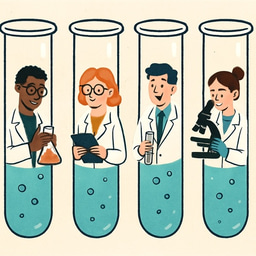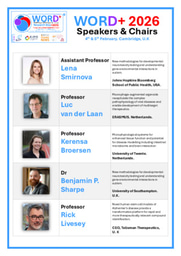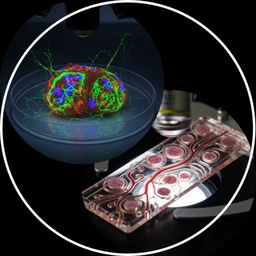Unified Generation of Regionalized Neural Organoids from Single-Lumen Neuroepithelium
Abstract
Human brain development begins with the formation of the neural tube, a neuroepithelium organized around a single continuous lumen that is patterned to specify distinct brain regions. Human pluripotent stem cell (hPSC)-derived neural organoids offer powerful models to study this process and its disruption in disease. However, most existing protocols rely on stochastic self-organization of hPSC aggregates, leading to high variability in tissue architecture and cell type composition, which limits reproducibility and fidelity to natural development. This variability has also hindered the broader adoption of brain organoid technology in translational and pharmaceutical research, where robustness and standardization are critical. Here, we present a scalable and reproducible platform that uses uniform, single-lumen neuroepithelium (SLN) as a standardized starting point for generating diverse, regionally specified neural organoids. SLNs form with high efficiency and reproducibility, can be patterned along dorso-ventral and anterior-posterior axes, and mature in suspension culture into organoids representing forebrain, midbrain, hindbrain, and neural retina. This unified and scalable approach provides a reproducible foundation for modeling human brain development, offering broad translational potential for mechanistic studies, disease modeling, and drug discovery.
Authors
Jyoti Rao1*, Zhisong He2, Sebastian Loskarn1, Audrey Bender1, Youngmin Jo1, Johanna Lückel1, Martina Curcio1, Irineja Cubela1, J. Gray Camp1,3, Barbara Treutlein2, Matthias P. Lutolf1,4*
1 Institute of Human Biology (IHB), Roche Pharma Research and Early Development, Roche Innovation Center Basel, Basel, Switzerland 2 Department of Biosystems Science and Engineering, ETH Zürich, Basel, Switzerland 3 Biozentrum, University of Basel, Basel, Switzerland 4 Institute of Bioengineering, School of Life Sciences and School of Engineering, EPFL, Lausanne, Switzerland *Corresponding authors - Matthias Lutolf (matthias.lutolf@roche.com), Jyoti Rao (jyoti.rao.jr1@roche.com)





Please sign in or register for FREE
If you are a registered user on WORC.Community, please sign in